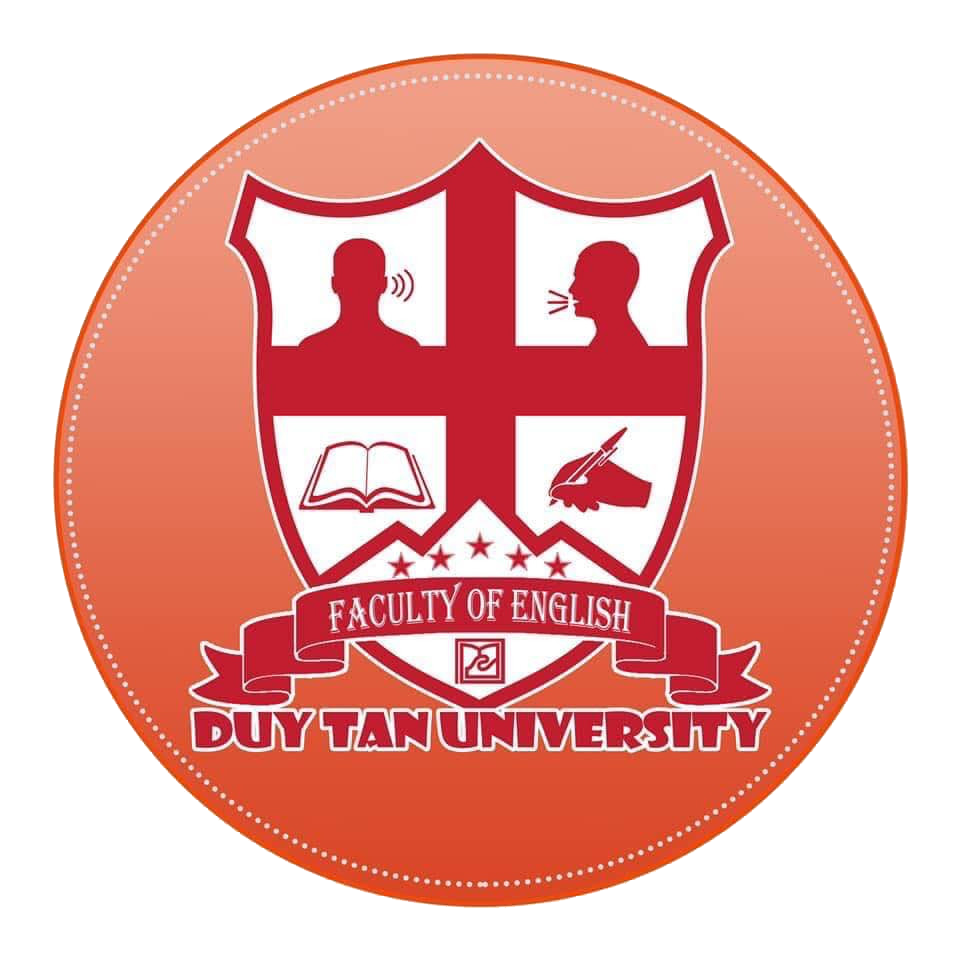THE IMPACT OF AI ON TEACHING AND LEARNING
The Impact of AI on Teaching and Learning
Artificial intelligence (AI) is rapidly transforming various aspects of modern life, and education is no exception. Its integration into teaching and learning offers unprecedented opportunities to enhance the educational experience, personalize instruction, and improve learning outcomes. However, the implementation of AI in education also presents challenges that must be addressed to ensure its responsible and effective use.
Personalized Learning Experiences
AI-powered educational tools can analyze student data to identify individual learning styles, strengths, and weaknesses. This information allows educators to create personalized learning pathways tailored to each student's specific needs. Adaptive learning platforms can adjust the difficulty level of content in real-time, ensuring that students are continually challenged without becoming overwhelmed. Furthermore, AI can provide targeted feedback and recommendations, helping students to focus on areas where they need the most support.
Enhanced Teaching and Assessment
AI can automate many administrative tasks, freeing up teachers to focus on more critical aspects of their profession. AI-powered tools can grade assignments, provide instant feedback, and generate reports on student performance. This automation reduces the workload for educators and allows them to spend more time planning lessons, mentoring students, and addressing individual needs. AI can also assist in creating educational content, such as generating quizzes, exercises, and interactive simulations. In language learning, AI can provide real-time feedback on pronunciation and grammar, enhancing the learning experience.
Improved Accessibility and Inclusivity
AI has the potential to make education more accessible and inclusive for all learners. AI-powered tools can provide personalized support for students with disabilities, such as text-to-speech and speech-to-text functionalities. AI can also translate educational materials into multiple languages, making them accessible to a broader range of students. These tools help to create a more equitable learning environment where all students have the opportunity to succeed.
Challenges and Considerations
Despite the numerous benefits, the integration of AI in education also presents challenges. One major concern is the potential for bias in AI algorithms. If the data used to train these algorithms reflects existing societal biases, the AI tools may perpetuate and even amplify these biases, leading to unfair or discriminatory outcomes. Furthermore, there are concerns about data privacy and security. The collection and use of student data raise questions about how this information is stored, protected, and used.
The implementation of AI also requires careful consideration of the role of human educators. While AI can automate certain tasks and personalize learning experiences, it cannot replace the critical role of teachers in fostering critical thinking, creativity, and social-emotional development. The focus should be on using AI as a tool to augment and enhance teaching, not to replace it.
In short, AI has the potential to revolutionize teaching and learning, offering personalized experiences, automating administrative tasks, and improving accessibility. However, it is essential to address the challenges related to bias, data privacy, and the role of human educators to ensure that AI is used responsibly and effectively in education. By carefully considering these factors, educators can harness the power of AI to create a more engaging, effective, and equitable learning environment for all students.
- Metaphors in English Songs: How Figurative Language Shapes Emotion and Meaning
- Empathy and Discomfort in Language Teaching: Rethinking Emotional Dynamics in the English Classroom
- NHỮNG VẤN ĐỀ TRONG VIỆC TÍCH HỢP AI VÀO GIÁO DỤC
- CHATGPT VÀ GIẢNG VIÊN: CƠ HỘI, THÁCH THỨC VÀ VIỆC TÍCH HỢP CÓ TRÁCH NHIỆM
- Effective Tips for Learning English in the Digital Age (1)

